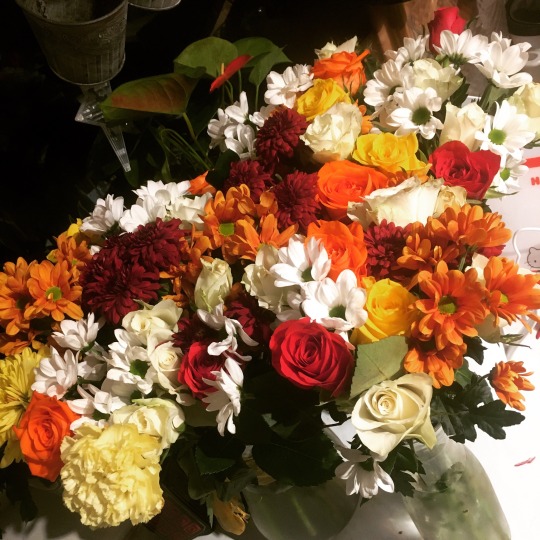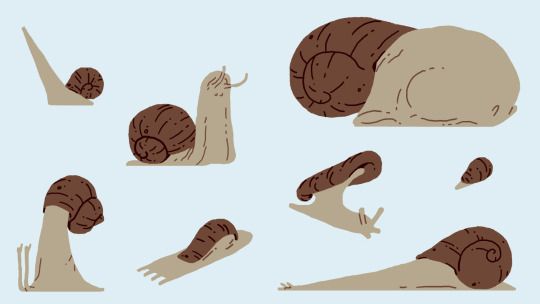Fallout Worldbuilding Lore Hub (other Apocalypses also welcome)
Don't wanna be here? Send us removal request.
Photo



FALLOUT Shelter, Civil Defense Art Gallery 1950s
2K notes
·
View notes
Photo

On top of the pass looking east. Pinnacles Lakes Basin, John Muir Wilderness, Sierra Nevada Mountains, California, USA. Photo by Van Miller
14 notes
·
View notes
Video
tumblr
Inking a Printing Press by sachistorymuseum
657 notes
·
View notes
Text
So a lot of people think cut/fresh flowers are really expensive or decadent, and that it’s not worth buying them when they’re at a reduced price because they’ll die within about a day and it’s still Too Expensive and like I just. I need to let you know that it isn’t true and unless it’s a super special occasion and you’re going to an actual florist for an actual special bouquet you don’t have to, nay shouldn’t, pay full price for flowers ever. I mean I can only really speak for the UK where you can get flowers in the grocery store which is naturally cheaper than a florist, and also where I always get mine, but the techniques apply to “anywhere one can obtain a bunch of flowers” If you take care of your cut flowers - which don’t worry isn’t hard - the slightly sad looking slightly wilty half price ones will STILL last you two weeks. Observe:

Everything in that vase except the dark red flowers and the ivory roses was purchased, half wilted, in the reduced bucket an ENTIRE WEEK ago. The dark reds and ivories? TWO WEEKS (I don’t normally premade bouquets because they end up in the reduced less often and even when they do they’re still more expensive than getting a few bunches of different types of flowers) TWO. WEEKS. From a wilted half price “we are become death” state. Here’s what it looked like a whole entire week ago when I put the new flowers in:

(the big yellow bastard in the bottom left is also from the previous week) I mean they’ve still “hardly wilted” now and if I was so inclined I could leave it another couple of days, but this is normally the point at which I remove them and put new flowers in the gaps. Also, cut off the heads and keep them for a bath. You’ll feel So Fucking Fancy and it cost you nothing. So how do you revive sad looking cut flowers, cheat the system, and have a permanent display of vibrant colourful BUT ULTIMATELY CHEAP AS SHIT flowers in your home? 1. Remove the leaves. You can remove all of them if you like but the most important thing is removing leaves along the length of the stem which will be in water. If leaves are submerged they will begin to rot and just kill everything. You can keep the ones that poke out above the vase for bulk and Oooh Pretty Green if you want, or not. 2. Trim the stems with SHARP and CLEAN (preferably steralised by dunking in some boiling water) scissors or a SHARP and CLEAN knife. Do so at an angle. Chances are you need to shorten the stems so they fit in your vase properly anyway, but doing this allows for better uptake of water and nutrients. 3. Use a CLEAN container. If there’s a bit of grossness hanging around from previous flowers, scrub that shit out. 4. Give them cool water. I live in an area with very soft water so I don’t have to do anything, but if you don’t then either filtering it or letting it stand for a few hours first will help. 5. Use flower feed! Most bunches, at least over here, come with a wee sachet of flower food. If you DON’T get a sachet of feed you can MAKE YOUR OWN. It’s super easy. You need 2 tablespoons of lemon juice, 1 tablespoon of regular white sugar and half a teaspoon of bleach (yes really) per 1 litre (quart) of water. You won’t need a whole litre, obviously, but you can keep it in the cupboard in a bottle or just scale down the recipe. Put a teaspoon (or two if you have a big pitcher style vase) in your water. Different flower types optimally need different levels of sugar and you can totally look up what that ratio is if you only have one kind (like all roses or something) but 1 tablespoon: 1 litre works well enough. Now that your flowers are back to life, you can keep them looking good for a decent long while 1. Remove dead/wilted heads either as and when you see them or just like once a week (I’m lazy, I just do it once a week) 2. Remove any leaves that are going the same way 3. Once a week, change out the water. Fish out any plant material that may have fallen in, rinse the container, put in new water and feed. 4. When you’re doing the water change, give the stems another small trim. Only 1cm (half an inch) or so, unless the bottom of the stem is going pale and a bit limp looking, in which case lop off as much of that part as you can whilst still being able to fit them in the vase properly. If they end up noticably shorter than the others, just keep those ones to the outside of the arrangement OR put them in the middle and use the other flowers to keep them propped up within the water so they appear the same height. 5. Replace removed dead flowers with ones from your next cut-price bunch. That way you’re a) keeping a perpetual but ever-changing bouquet and b) need to buy less flowers at once than just waiting for everything to die off and replacing the whole thing. Cut flowers make me happy. I’m sure having a nice beautiful bunch of colourful flowers in your room makes you happy too, and you absolutely don’t need to spend a fortune to make that happen.
27K notes
·
View notes
Photo



Fremont Street, June 1970. (1) Fremont near LVBS under the Woolworth marquee, (2) Fremont Hotel: Pat Boone, Larry Wilde, Al Jahns and his orchestra, (3) 3rd Street just off Fremont. Family photos from Kevin Moran
204 notes
·
View notes
Text
I think about British Airways Flight 5390 a lot
99K notes
·
View notes
Text

MOTION PICTURE EXHIBITOR, May 10, 1961
36 notes
·
View notes
Photo

A single soldier on his horse, during a cavalry patrol in World War I. At the start of the war every major army had a substantial cavalry, and they performed well at first. However, the development of barbed wire, machine guns and trench warfare soon made attacks from horseback far more costly and ineffective on the Western Front. Cavalry units did prove useful throughout the war in other theatres though, including the Eastern Front, and the Middle East. #
National Library of Scotland
Source.
63 notes
·
View notes
Photo

What in the world is this creature? It’s a Damascus goat!
35 notes
·
View notes
Text

Newspaper ad, June 21, 1921
65 notes
·
View notes





